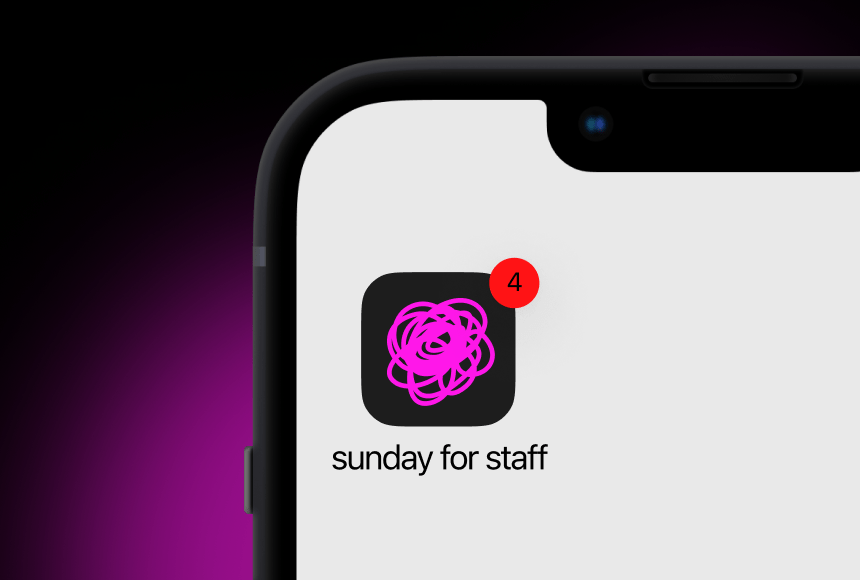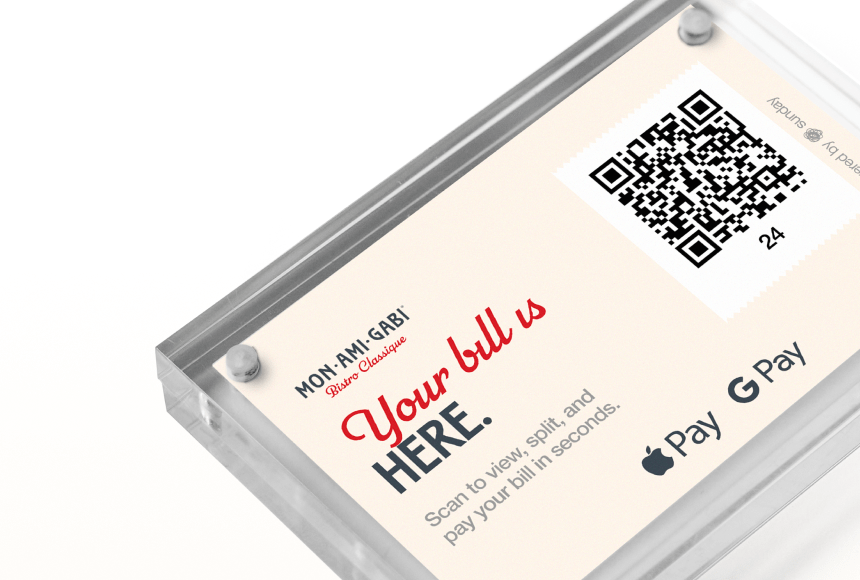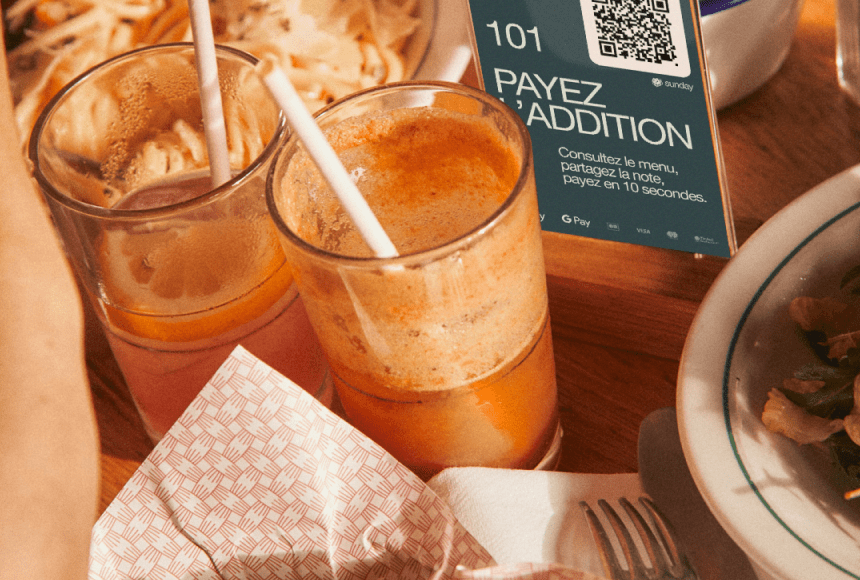
Cutting-Edge Solutions to Tackle Restaurant Staffing Challenges
Understanding the Current Labor Gap
As a restaurant owner, you’ve likely faced a recurring challenge: finding and keeping reliable staff. Between high turnover rates, burnout, and competition from other industries, restaurant staffing in the United States can feel like a never-ending struggle. According to the U.S. Bureau of Labor Statistics (BLS), the food service sector consistently showcases one of the highest turnover rates, hovering around 70% or more in recent years. This uphill climb to retain employees not only creates disruption in your day-to-day operations but also impacts your bottom line. After all, every hour spent recruiting or training new staff is an hour you’re not focusing on innovation, menu development, or guest experiences.
Over the past few years, a range of technological solutions has emerged to address staffing gaps and ease the pressure on restaurant owners. Some technologies accelerate tasks, while others cut down on repetitive processes that frustrate employees. By adopting innovative digital tools, you can streamline labor management, boost employee satisfaction, and let your restaurant thrive, even when you’re operating with a lean team.
Why Technology Matters for Lean Teams
Thinking of technology simply as a replacement for human touch might feel daunting—after all, the hospitality industry is built on personal connections and stellar service. However, when used wisely, technology doesn’t override the warmth of personal interactions; it complements it. Your team remains front and center, supported by digital solutions that reduce tedious workloads and free them to engage more meaningfully with customers.
At its core, technology helps minimize the friction caused by staff shortages. For instance, tasks like payment processing, scheduling, and order-taking can be automated or sped up, enabling the people you do have to work more efficiently. With quick-scan pay options, such as the solution offered by sunday, servers don’t need to juggle multiple tables just to run checks. By investing in the right solutions, you protect the integrity of your guests’ experience and signal that you care about ensuring a stress-free environment—for both customers and employees.
High-Impact Tech Tools Worth Considering
Below are some categories of tools that are proving especially helpful for restaurant owners grappling with staffing shortages. While not every item will match your unique needs, incorporating even a few of these solutions could alleviate significant staff pressure.
1. Automated Scheduling Software
One of the biggest headaches for managers is always scheduling. Traditional methods, like pen-and-paper rosters or static spreadsheets, often result in confusion and last-minute scrambling. Automated scheduling tools let you create and adapt shift schedules in real time. Some top features include:
- Employee Self-Service: Staff can request shifts or swap with colleagues via an app, reducing managerial overhead.
- Shift Reminders: Automatic notifications help minimize no-shows or late arrivals.
- Forecasting Based on Sales Data: Softwares can predict your busy periods based on historical data, allowing you to staff up or down accordingly.
- Compliance Checks: Many solutions have built-in labor law compliance, so you won’t accidentally schedule someone too many hours.
By freeing up your time spent on endless scheduling corrections, you can focus on what truly matters: building a cohesive team and perfecting your recipes. Popular platforms like 7shifts or Homebase offer user-friendly dashboards and integrate with existing point-of-sale systems, making them a convenient addition to your restaurant’s tech stack (Restaurant Technology News frequently covers these updates).
2. Contactless Payment Solutions
Remember those hectic nights when servers run back and forth to close out checks for multiple tables simultaneously? That scene is practically a rite of passage in the restaurant world. But contactless payment solutions—QR codes, mobile pay, even pay-at-the-table tablets—are changing the script. By letting guests settle their bills on their own time, you reduce the staff’s workload and improve customer satisfaction.
This is where a platform like sunday shines. With sunday, diners simply scan a QR code at their table, review the bill, add a tip if they wish, and settle up securely in seconds. This innovation not only relieves your servers from repetitive payment tasks but also keeps guests happier by cutting down on wait times. It’s an especially big help when staff is stretched thin and every extra moment counts. Plus, integrated features such as encouraging Google Reviews after payment can boost your restaurant’s online presence, making it a win-win for both you and your guests.
3. Self-Ordering Kiosks for Fast-Casual and Quick-Service Concepts
For restaurants embracing quick-service or fast-casual models, self-ordering kiosks can mitigate long lines and staffing shortages. These kiosks let customers browse the menu, customize their orders, and pay without needing a staff member to facilitate the entire process. Here’s how they help:
- Reduced Labor Needs: A smaller frontline crew can manage more guests by focusing on food prep instead of ringing up orders.
- Higher Check Averages: Some kiosks implement upselling prompts (e.g., “Add extra toppings?”), which can increase the average spend.
- Data Collection: Kiosks can track ordering patterns, helping you refine your menu or adjust pricing.
- Consistent Experience: Kiosks eliminate the potential for miscommunication or missed orders on a busy day.
While kiosk technology does represent an initial investment, many restaurants find the payoff worthwhile, especially in markets where attracting and retaining staff causes constant headaches.
4. Kitchen Display Systems (KDS) to Streamline Back-of-House
When tickets pile up and the kitchen staff has to wade through cramped receipt printers, errors are bound to happen. This is where Kitchen Display Systems (KDS) help alleviate chaos. Instead of relying on paper receipts, a KDS displays orders on easy-to-read screens, often color-coded by status and timing. Beyond just clarity, KDS solutions typically come packed with analytics tools to monitor:
- Order completion times
- Bottlenecks in specific stations
- Staff performance and efficiency
By cutting paper waste and speeding up communication with the front-of-house, you can run a smoother operation even when staff numbers are low. A KDS will also integrate nicely with scheduling software and your point-of-sale, presenting you with a more cohesive look at your restaurant’s workflow.
5. AI-Driven Inventory Management
How many times have you found yourself short on key ingredients because you underestimated inventory needs? Or scrambling to find storage for surplus items you over-ordered? Inventory management is a tricky balance, and it’s an added stress when you have fewer hands on deck to help track daily usage. This is where artificial intelligence can step in and tighten up your processes.
An AI-based inventory system analyzes your past sales data, seasonal trends, and even local events to project your upcoming ingredient demands. When you have a lean team, you want staff focusing on tasks that require culinary skill or customer interactions, rather than drowning in spreadsheets. By automating inventory forecasting, you reduce the risk of stockouts or waste. It keeps your staff from over-counting or searching for last-minute supplies, letting them focus on delivering a better guest experience.
Case Study: A Small BBQ Joint Goes High-Tech
Let’s consider a small BBQ restaurant in Austin, Texas, that’s famous for its smoked brisket but was struggling with staff shortages after a busy season. The owner decided to invest in the following:
- Automated Scheduling Software: Simplified shift planning, cut last-minute confusion, reduced overtime costs.
- Contactless Payment: Freed up servers to handle more tables and greet guests with genuine Texas hospitality.
- Kitchen Display System: Implemented screens to track orders efficiently in the chaotic environment of a permanent smokehouse.
The results? The BBQ joint saw a 25% decrease in scheduling errors and a measurable hike in guest satisfaction, evidenced by an uptick of positive online reviews. The staff reported feeling less stressed, and they now had more energy to spend on perfecting their slow-smoked specialties. This shift enabled the owner to maintain revenue growth even when the employee headcount dipped. Technology became the secret ingredient that ensured consistency, speed, and dedication to flavor.
Bringing Your Team Onboard Successfully
A major hurdle for any tech adoption is staff buy-in. Sure, a contactless payment system may look sleek, but if your servers feel uncertain or fear it’s replacing them, you risk pushback. Clear communication can make all the difference. Emphasize how these digital tools aim to free them from repetitive duties, making their jobs more meaningful and less chaotic. Provide training sessions—short, hands-on workshops where employees can test and understand the new tools. When staff members see the positive impact on their daily routines, they quickly become advocates and even suggest improvements.
To maintain momentum, consider setting clear metrics or goals—like reducing average table-turn times, speeding up ticket times, or increasing tip amounts. Tracking these metrics and sharing the results with your staff will foster a collaborative environment. Everyone will see how technology is a supportive ally, not a threat.
Overcoming Common Objections
You might wonder about typical concerns such as cost, learning curves, or disruptions to a restaurant’s warm atmosphere. The good news is that tech providers recognize these concerns and tailor their platforms accordingly. Here are some counters to common objections:
- Cost and ROI: While there’s an upfront investment, the return often manifests as reduced labor costs, fewer errors, and higher guest satisfaction. Over time, the efficiency gains offset the initial expense.
- Tech Overload: Start with the most pressing needs. If scheduling chaos is your main pain point, grab an easy-to-use scheduling app first. You can always add more tools down the line.
- Preserving the “Human Touch”: Properly deployed technology allows your team to focus on conversation and connection. By cutting down on tasks like running credit cards back and forth, you give staff more face time with customers.
- Training Headaches: Most modern systems are designed with user-friendly interfaces. Elevated support options—like tutorials and on-demand troubleshooting—minimize training-related disruptions.
A Quick Tech Comparison Table
| Technology | Main Benefit | Ideal For |
|---|---|---|
| Automated Scheduling Software | Reduces planning hours, lowers scheduling conflicts | Full-service or busy seasonal restaurants |
| Contactless Payment Solutions | Faster table turnarounds, higher tips | All restaurant types seeking smooth guest interactions |
| Self-Ordering Kiosks | Lowers staff needs at the counter | Quick-service and fast-casual concepts |
| Kitchen Display Systems (KDS) | Improves order accuracy and speed | High-volume kitchens managing multiple orders |
| AI-Driven Inventory Management | Reduces waste and stockouts | Operations juggling multiple menu items |
The Real Power of Data
As you adopt more tech tools, the data they produce can shed light on your operational blind spots. Perhaps your kitchen is always slammed at 7 p.m. on Fridays, while Monday lunch rarely requires a full crew. You might notice your marketing campaigns for certain weekday specials are actually driving foot traffic in shorter bursts. Instead of relying on guesswork, you can use scheduling software, POS reports, and KDS analytics to make data-informed decisions. When staff is limited, efficient resource allocation is paramount. If you know which shifts demand more support, you can better manage your workforce, avoid burnout, and keep everybody happier.
Encouraging a High-Tech, High-Touch Balance
New technology doesn’t have to diminish the “personal touch” that your restaurant is known for. On the contrary, the spirit of hospitality resonates more powerfully when mundane chores no longer absorb precious employee time. Quick-service segments can effortlessly expedite lines, while full-service restaurants can strengthen the guest-server relationship.
Imagine: Instead of a server racing to close out three checks, they can linger at a table, recommending wine pairings or describing the day’s specials in detail. Your guests will sense the difference in the form of a calmer, more attentive dining experience. This synergy between high-tech and high-touch is where the future of hospitality is heading. By willingly embracing digital aids, you future-proof your restaurant, reduce the stress on your team, and preserve the warmth that makes a night out memorable.
Moving Forward: Create an Environment Everyone Loves
Staffing shortages might be an ongoing challenge in the hospitality industry, but you’re not alone in this. From advanced scheduling tools to streamlined payment systems like sunday, the resources exist to drastically lighten the load. By implementing one or more of these solutions, you can maintain—or even elevate—the level of service your guests have come to cherish.
Adopting these technologies does require thoughtful planning. Think about your pain points: Is it the line at your cashier station? Do you lose too much time reconciling receipts at day’s end? Focus on the tech that most directly addresses your core challenges. Engage your staff early, offering them clear communication and support every step of the way. When done right, your entire restaurant stands to benefit—from the kitchen crew prepping orders more efficiently to the guests who enjoy a quicker, friendlier, and higher-quality experience.
There’s no one-size-fits-all solution for staffing shortages, but there are powerful tools that can help you thrive, even when you’re short-handed. By blending human hospitality with technological innovation, you create a harmonious environment that fuels both your team’s morale and your customers’ delight. Whether you run a cozy café or a bustling steakhouse, integrating strategic tech solutions is no longer a futuristic dream—it’s a practical path to sustainable success.
Find out more today
Drop us your details below and we’ll reach out within the next 24h
Get the full, detailed picture.
sunday elevates your business with insightful data, instant feedback and precise analytics.




